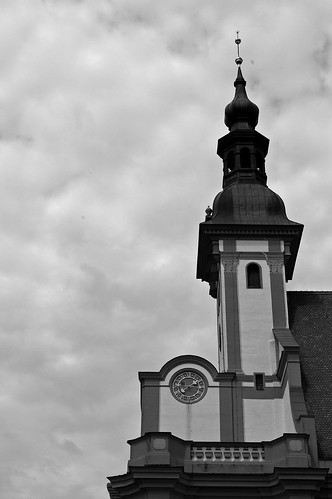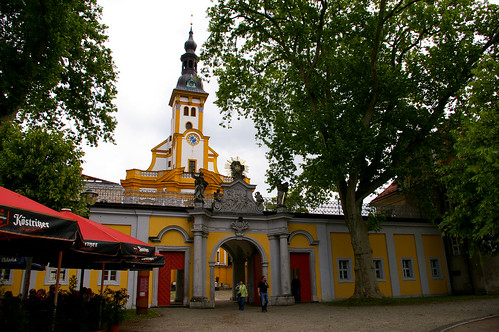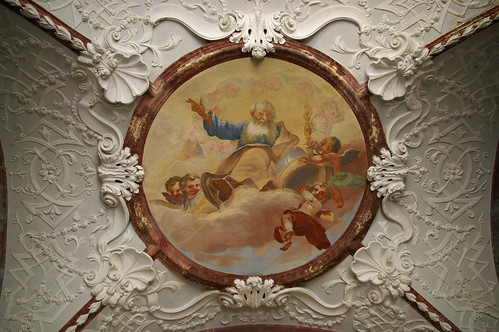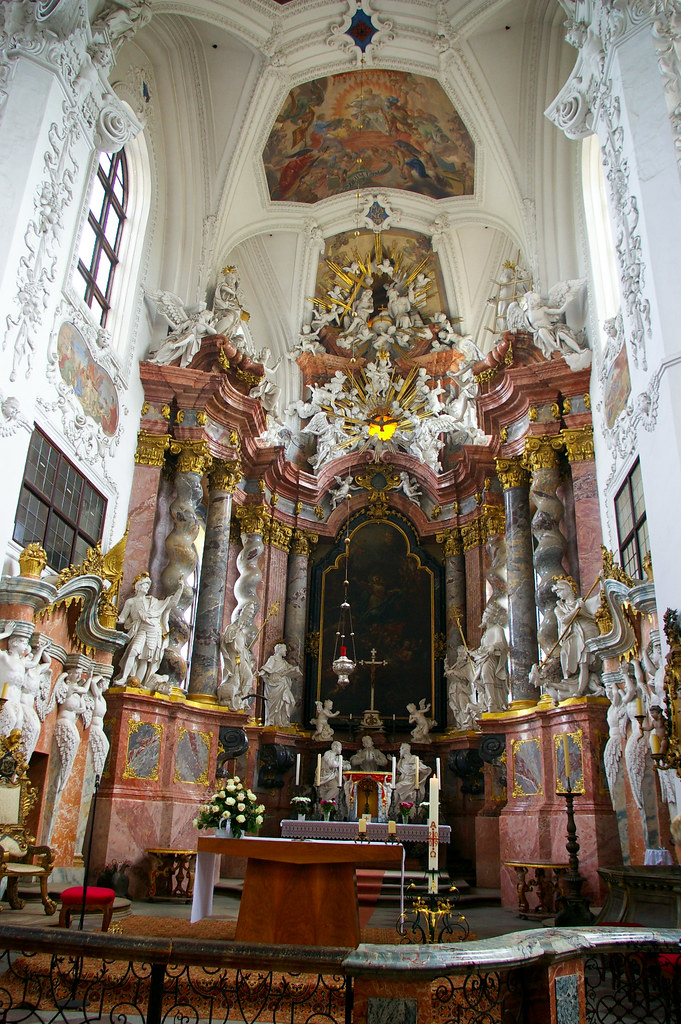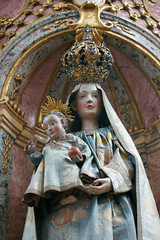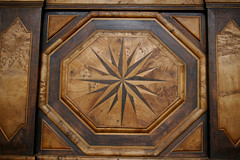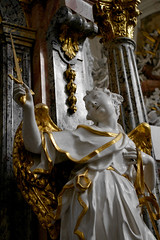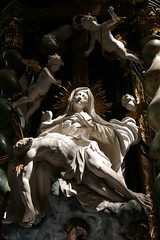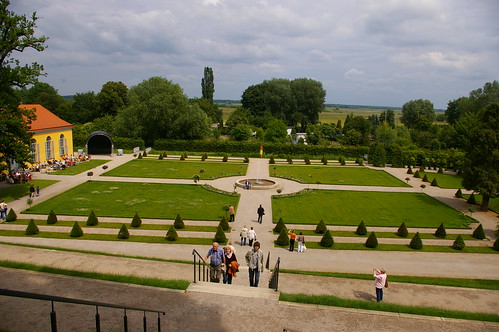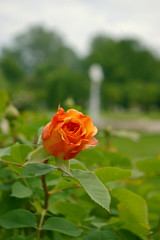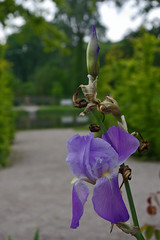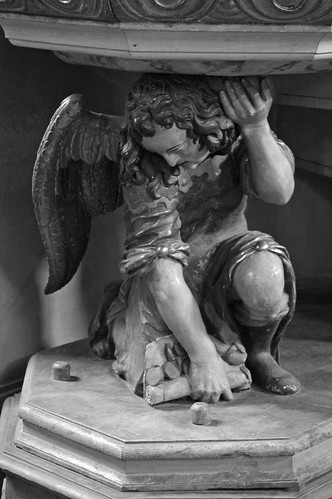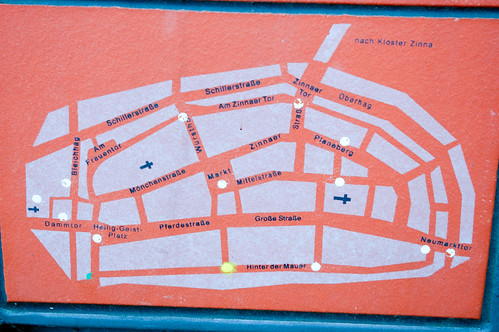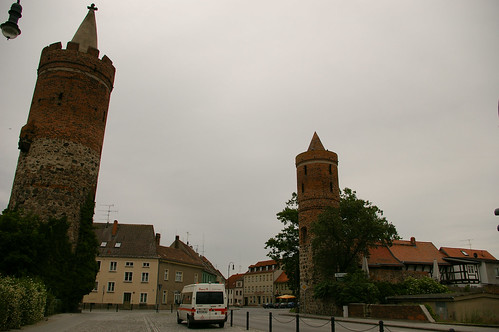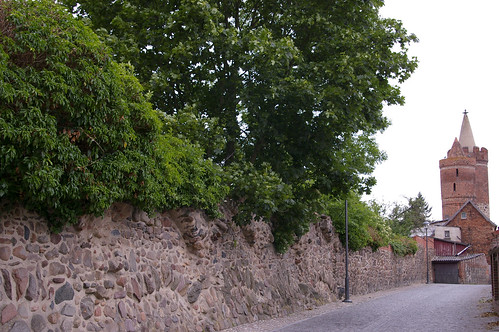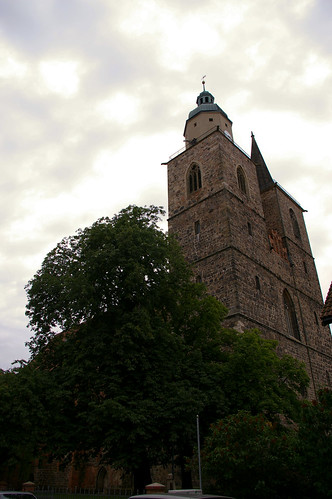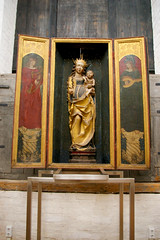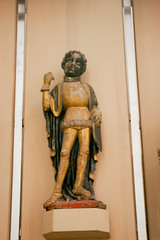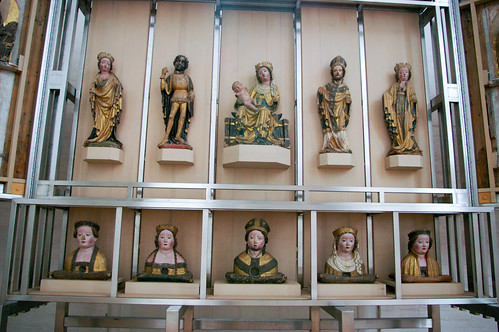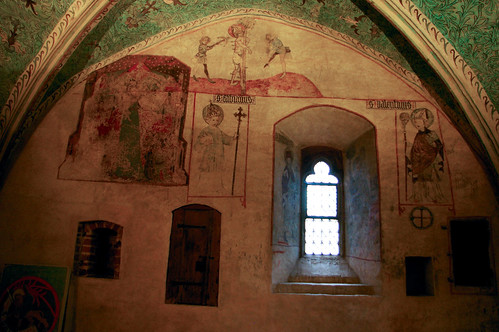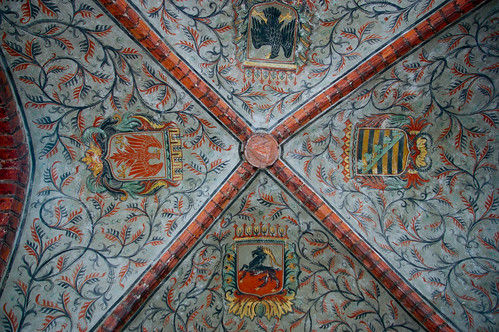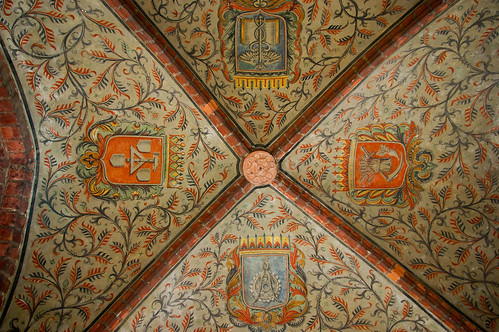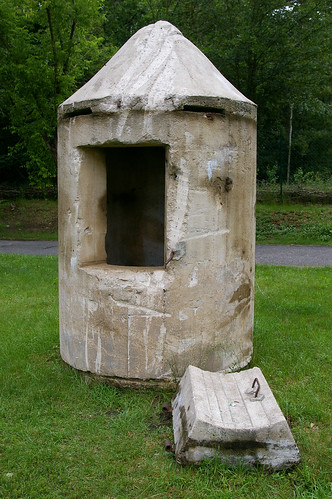
One Man Bunker
During our tour of all of the Mills (see prior post here) back on June 1st, one of the places we drove through is Wünsdorf. It’s not a very big place (about 6000 people), but played a key role in the Soviet v/s the US space race and the cold war.
The following is a rough translation of a German Wikipedia article Thanks to babelfish.
Wünsdorf saves a long militarily traditional history. In Wünsdorf was beside the partial headquarters underground put on of the OKH (Tarnbezeichnung: Maybach I) and OKW (Maybach II) from 1939 to 1945 settled in the message shelter zeppelin the office 500. Here it concerned one of the largest message junctions during the Second World War. These are protected by thick Panzertüren. Here also the first tanks, thickness Bertha and the V-weapon were tested.
After the war Wünsdorf became the seat of the supreme command of the group of the Soviet armed forces in Germany (after 1990 under the designation west’s group of the troops). Except the 2,700 inhabitants lived at point times 50,000 to 60,000 Soviet men, women and children there. For citizens of the GDR the area was restricted area. Within the fenced and/or ummauerten area numerous Soviet mechanisms were such as kindergartens, schools, business etc. after the departure of the Soviet armed forces 1994 developed the EWZ (development company forest city Wünsdorf/Zehrensdorf ltd.) the area on behalf the Brandenburgian federal state government. In the abandoned staff buildings numerous authorities were settled, among them the Brandenburgian office of a federal state for the regulation of open fortune questions and the Brandenburgian office of a federal state for care of monuments and archaeological federal state museum. The former barracks were converted mostly to houses, on free-vacated surfaces developed single family house areas and it local supply mechanisms, a primary school as well as kindergartens were established. These represent now together the municipality part of forest city.
Even today, the place is impressive- yet creepy. Why? Because there are abandoned bunkers and old traning facilities all over the town, and even the “new” modern buildings sit on top of what used to be part of the Soviet Air Defense plans:

Air Defense Bunker
I guess, among all the bunkers though, I was able to find a bit of humor. The reason is because all over town there were soviet era statues – Lenin, Stalin, etc. And then.. there was this priceless gem… which me laugh – because he is a Cosmonaut – (aka an Astro-NOT!) with highly detailed musculature:
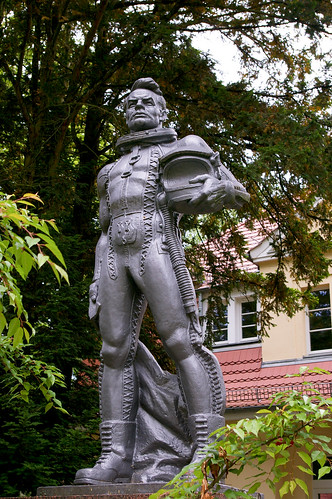
Russian Cosmonaut Statue (talk about super abs!)
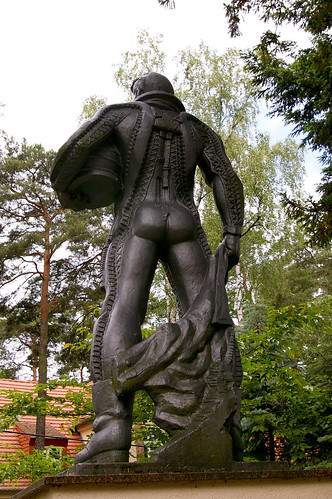
Oh – by the way, did I mention the butt detail on the statue is “out of this world”.

